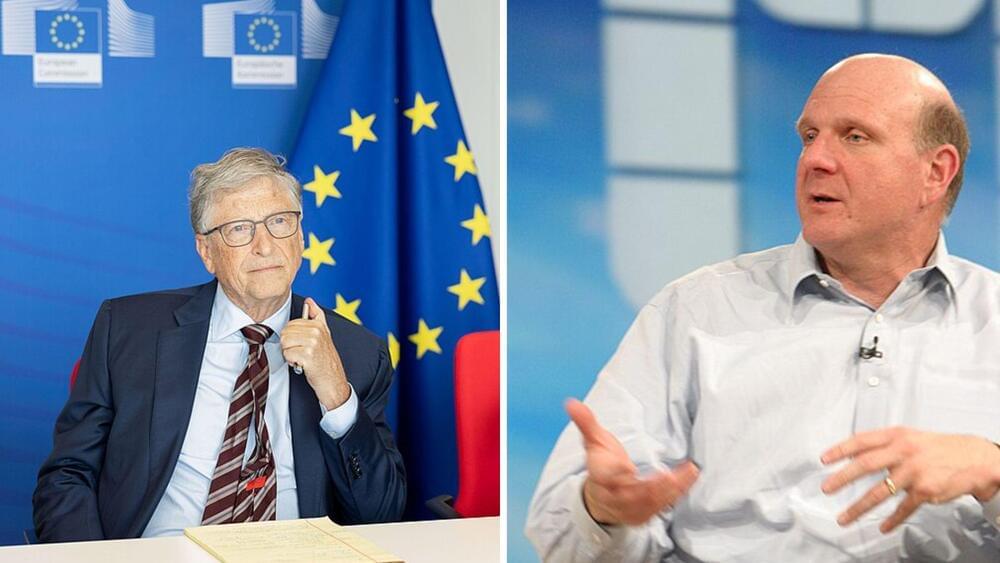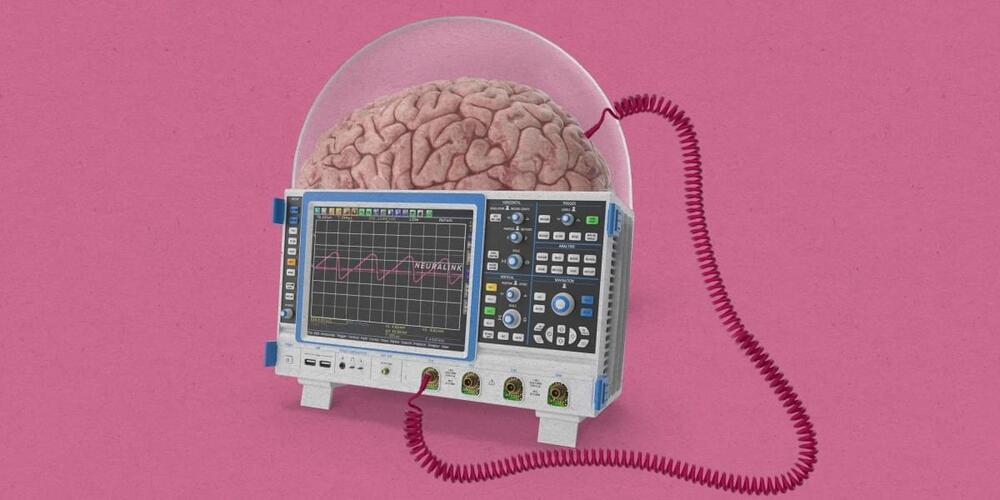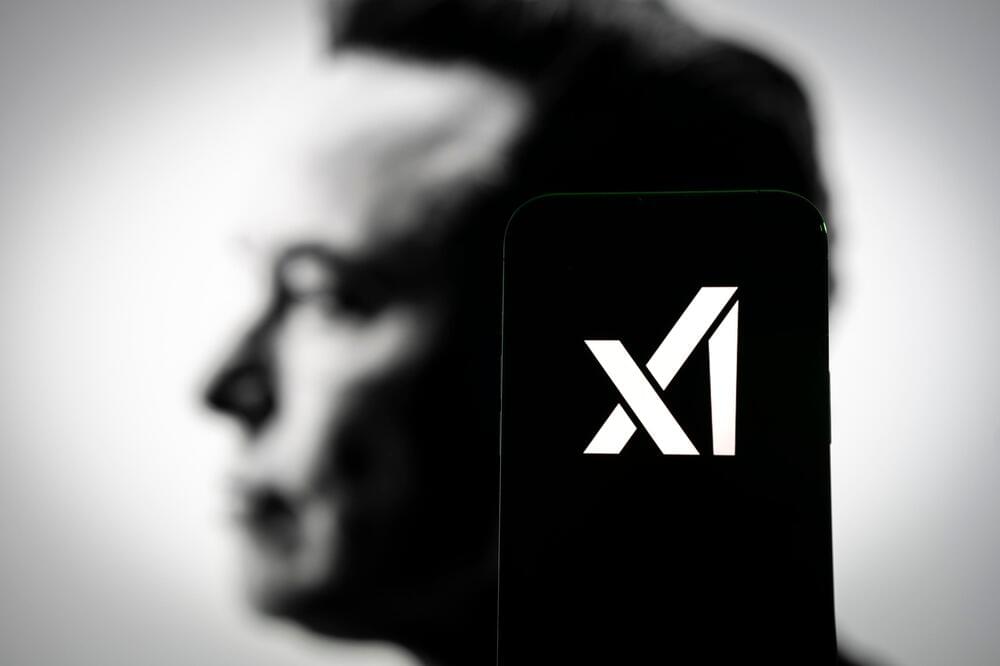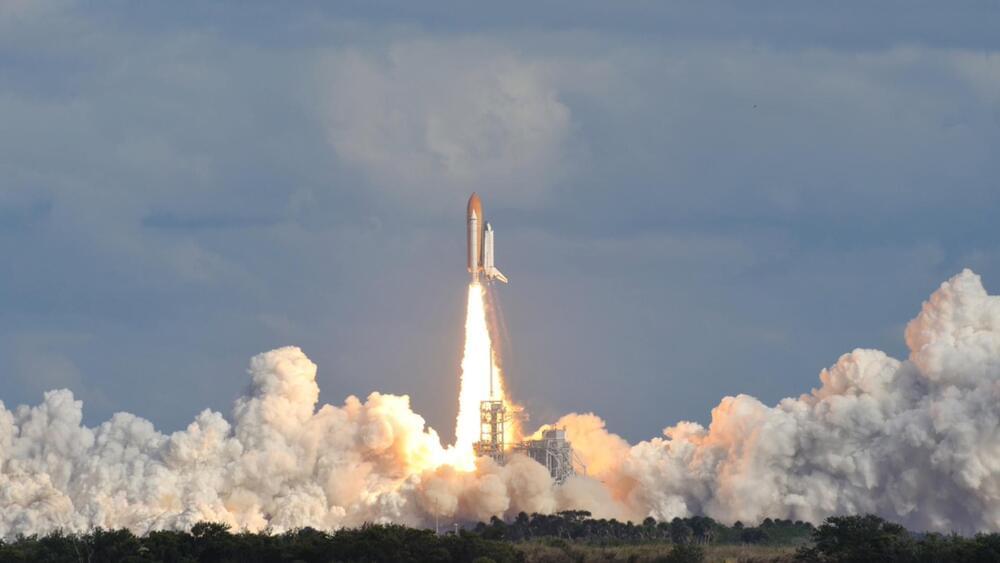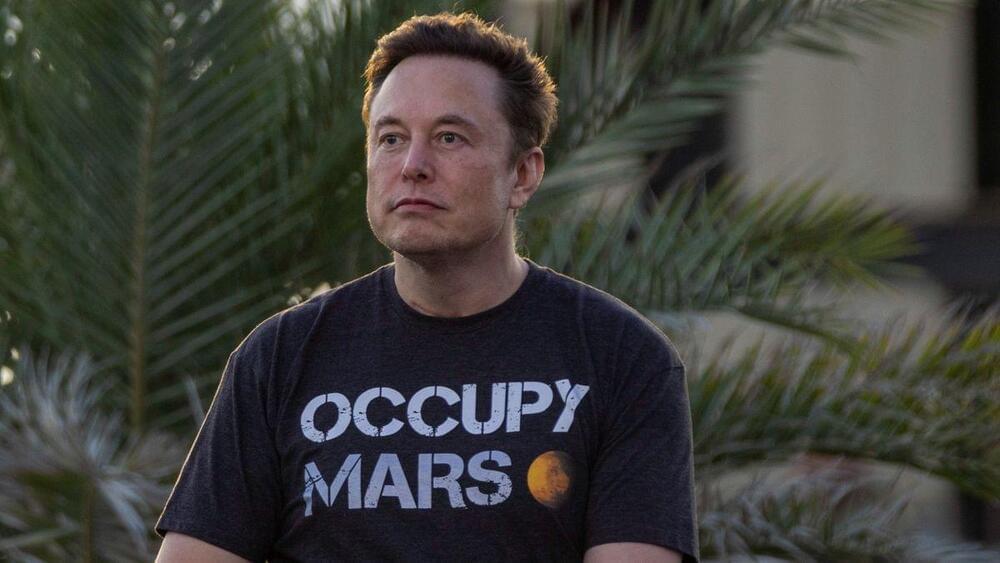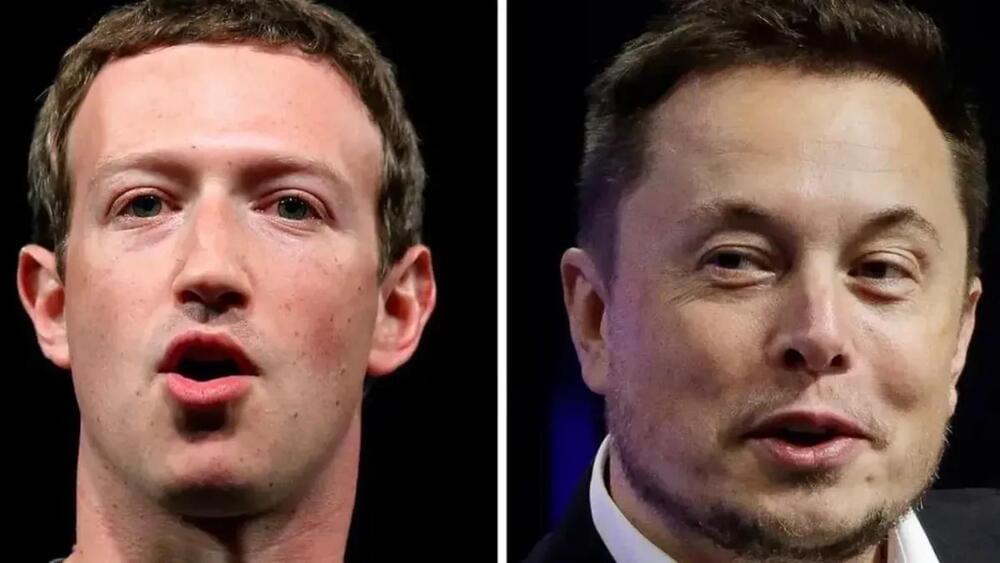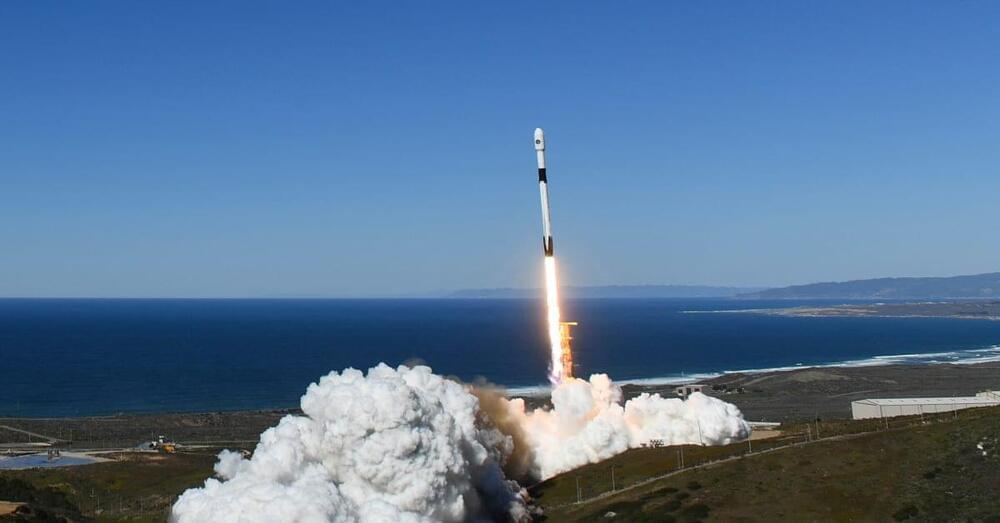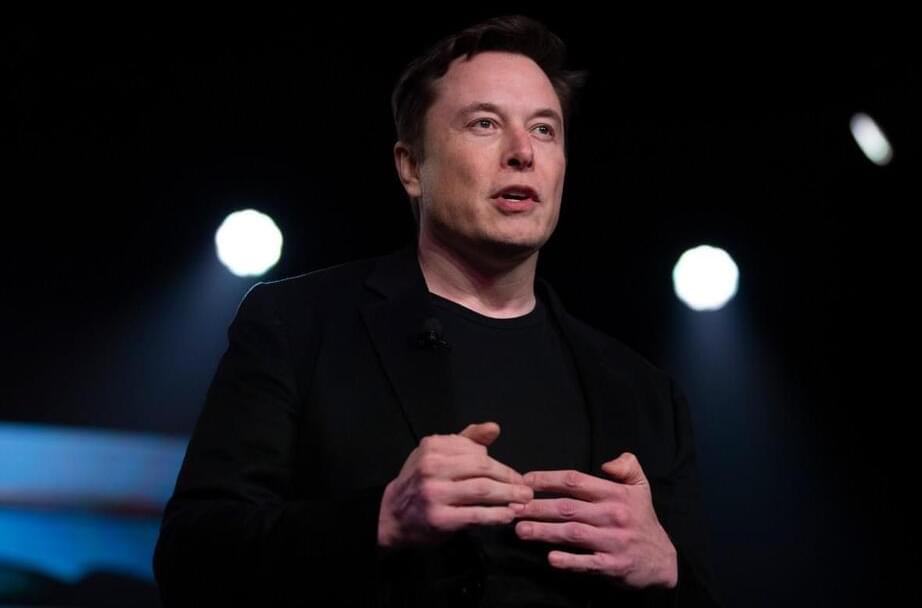Ballmer is already richer than Google Boys and the CEO of the social media giant Meta.
Steve Ballmer, who started his career as an assistant to Bill Gates, then president of Microsoft, is set to overtake his former employer and become the fourth richest person in the world, Markets Insider.
The report uses information from Bloomberg’s Billionaires Index, which tracks the estimated personal fortunes of billionaires from around the world. The list mostly features entrepreneurs like Elon Musk or Bill Gates, who have struck gold with the companies they founded. However, Ballmer is quite the exception since he does not own a company or has never established one.
